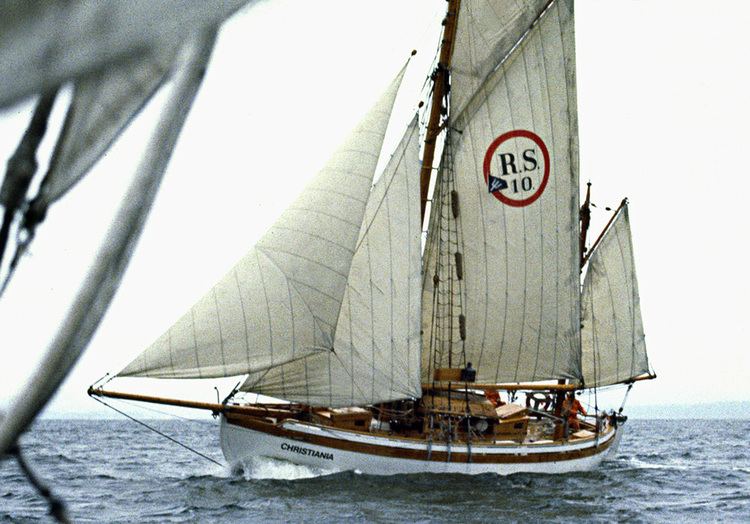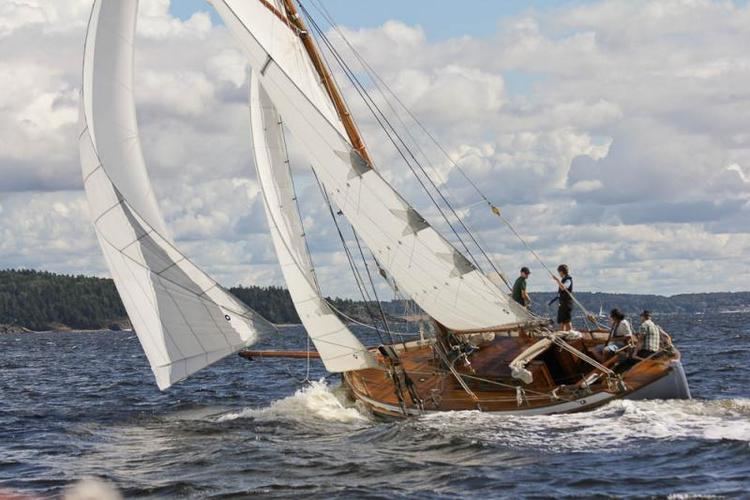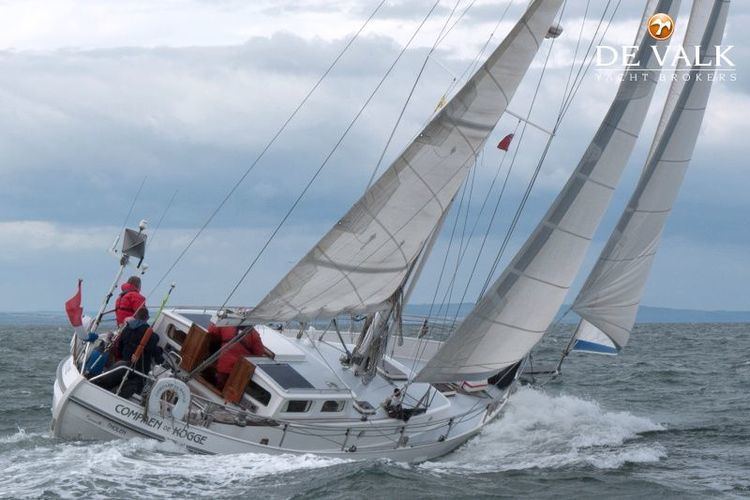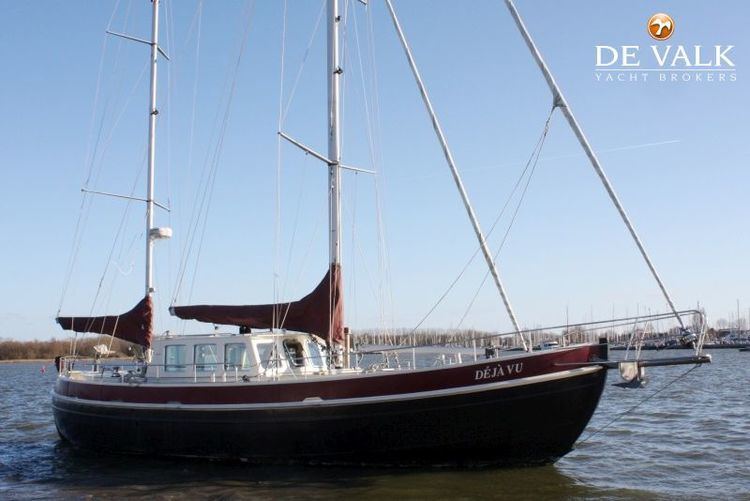Name Colin Archer Role Naval architect | Books Renewing the Light | |
 | ||
Colin archer tsr 2014
Colin Archer (22 July 1832 – 8 February 1921) was a Norwegian naval architect and shipbuilder from Larvik, Norway. He was known for building safe and durable ships including the Fram used in both Fridtjof Nansen's and Roald Amundsen's polar expeditions.
Contents
- Colin archer tsr 2014
- Colin archer conch
- Career
- Awards
- Personal life
- Legacy
- Honors
- Selected works
- Related reading
- References

Colin archer conch
Career

Colin Archer was born at Tollerodden in Larvik, Norway. He was the second youngest of thirteen sibling born to parents who had immigrated to Norway from Scotland in 1825. Prior to his career as a naval architect in Norway, he spent time in Queensland, Australia, with several of his brothers, including Thomas Archer. While there he became a farmer and administrator. He also sailed with cargo up the Fitzroy River, Queensland.

In 1861, Archer returned home to Larvik and undertook the study of practical and theoretical shipbuilding. Early in the 1870s he began to build pleasure craft. He and his shipyard became known for building durable and safe ships. The most notable single ship built by Colin Archer was the Fram, which participated in Fridtjof Nansen's expeditions to the North Pole and, later, in Roald Amundsen's historic first expedition to the South Pole. Fram is now preserved in the Fram Museum on Bygdøy, Oslo, Norway.
Archer also designed sturdy rescue vessels for the Norwegian Society for Sea Rescue (Norsk Selskab til Skibbrudnes Redning). In 1893, RS 1 Colin Archer was launched and Archer continued to improve the boat type until he closed the business in 1909. This class of sailing ships were used for many years and now are referred to as a Colin Archer. Several other original vessels belonging to the Norwegian Society for Sea Rescue are still sailing including the Frithjof Wiese RS40.
Awards
Personal life
Archer was married in 1869 to Karen Sophie Wiborg (1838-1908) with whom he had five children. The family resided at Lilleodden (Kirkestredet 11) in Larvik. Archer designed most of his vessels in the working room of their residence.
Legacy
Archer spent much time calculating how an efficient hull should be designed. To this day, people consult his work when designing new ships. He is credited with the design of more than two hundred vessels, including Fram. Archer's designs were adapted to pleasure sailing in the twentieth century. In 1904, he built a boat for the writer Robert Erskine Childers named the Asgard.
In 1928, William Atkin scaled down Archer's 47-foot (14 m) Regis Voyager, a pilot boat, to make the 32-foot (9.8 m) Eric and in 1934 the 38-foot (12 m) Ingrid. The Eric went on to become very influential in ocean sailing, with boats such as Vito Dumas's Lehg II and Robin Knox-Johnston's Suhaili making notable circumnavigations, the latter becoming the first boat to be sailed single-handed and non-stop around the world. In the 1970s, the design was adapted to glass-reinforced plastic by William Crealock, and became the Westsail 32; this famous cruising boat has, in turn, inspired many imitations, so that the "Archer double-ender" style of boat continues to be popular to the present day.
